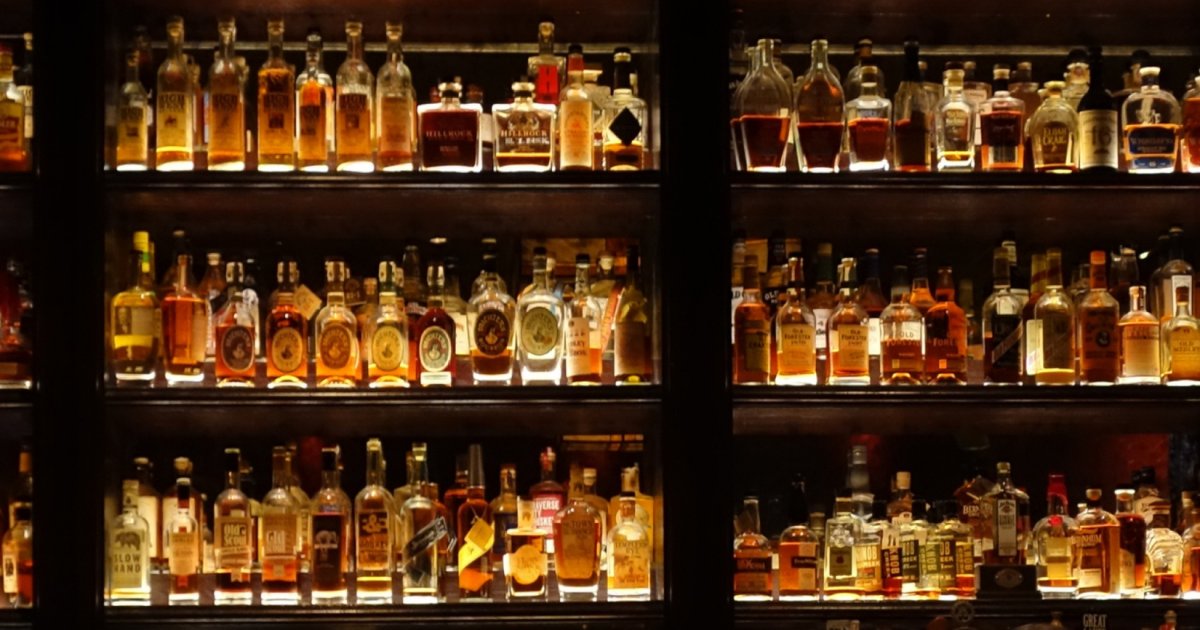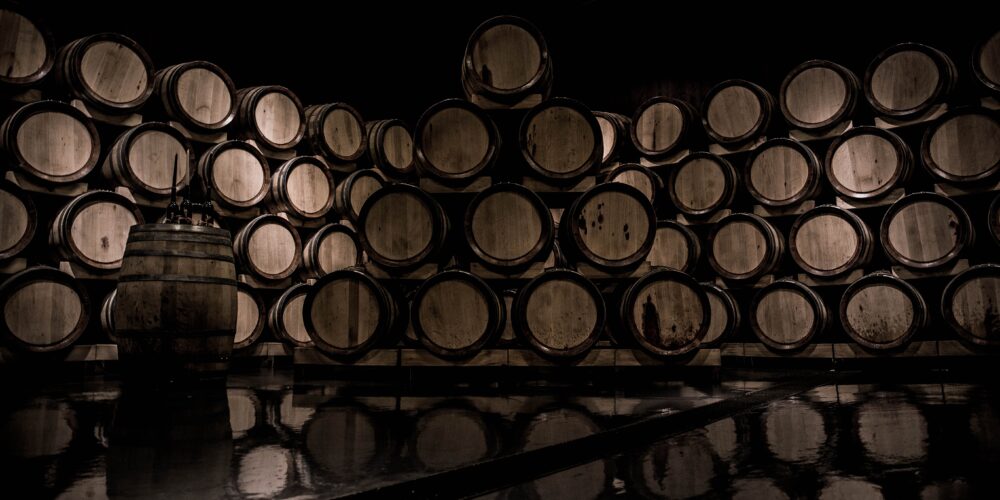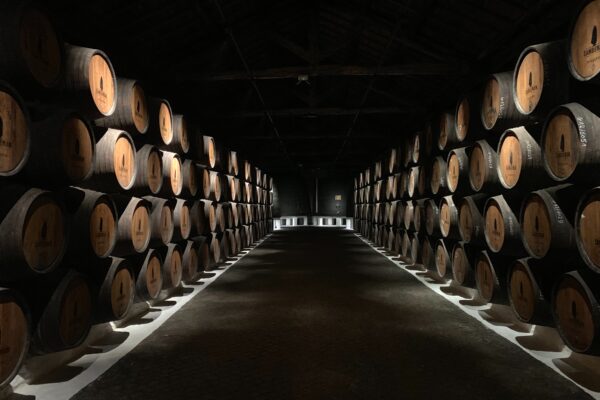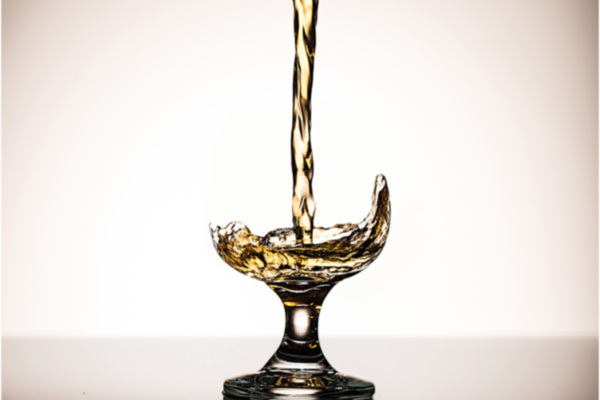Spirits, also known as hard liquors, are deeply ingrained in global culture and convivial sharing. They allure with their unique aromas, complex flavors, and elegance. But what do we really mean by “spirits”?
This article delves into their nature, production processes, diversity, and categories. For centuries, spirits have played a vital role in history, serving as remedies, trade commodities, and symbols of celebrations. From British gin to Caribbean rum, Scottish whisky to French cognac, each spirit boasts a rich history reflecting local traditions. Whether you’re a fan of whisky, vodka, rum, or gin, immerse yourself in their captivating world and uncover the secrets of these beverages that have conquered palates throughout the ages.
The Distinctive Process: Distillation Setting Spirits Apart from Wines
The fundamental difference between wines and spirits lies in the production process. Wines are obtained through alcoholic fermentation, where the sugars naturally present in grapes are transformed into alcohol through the action of yeast. This generally yields a product with an alcohol content of around twelve to thirteen degrees. However, spirits require an additional step: distillation. After fermentation, the products are distilled to achieve a higher alcohol concentration. This is how alcohol levels of approximately 40% are reached. The distillation stage imparts unique characteristics to spirits, allowing them to stand out from wines in terms of intensity and potency. In essence, spirits are the result of a complex process that goes beyond simple alcoholic fermentation, providing a diverse range of flavors and alcohol content.
Distillation: From Purity to Degree Balance
When it comes to spirits, distillation plays a key role in achieving their specific alcohol content. The process begins with distillation at relatively high degrees, typically around 70 to 75 degrees. However, to make spirits marketable and suitable for tasting, it is necessary to reduce this alcohol content to approximately 40 degrees. It is evident that spirits must undergo this process to offer suitable tasting degrees. After all, it would be impractical, if not impossible, to taste beverages at 90 degrees or even 75 degrees.

Tasting Temperature: Striking a Balance for Optimal Appreciation
The recommendation of a tasting temperature between sixteen and 18 degrees for spirits is tied to several factors. In the past, rooms were around 17 to 18 degrees. Nowadays, they tend to be higher, around 20 to 21 degrees. These temperatures can alter the flavors of spirits. To preserve the taste balance, it is advised to enjoy them slightly cooler than the environment. This allows the aromas to fully unfold, highlighting their organoleptic characteristics. This optimal temperature range enables the appreciation of aromatic subtleties, complex flavor notes, and the texture of spirits. Control the tasting temperature for an optimal sensory experience, savoring all the finesse and elegance they deserve.
The Versatility of Spirits: A (Re)discovery of Taste
Spirits like whisky, cognac, rum, and many others offer an incredible diversity of flavors and aromas that make them versatile. They can be enjoyed at different times of the day: as an aperitif, a digestif, or even during a meal. This flexibility allows for exploring new taste combinations and creating unique experiences for enthusiasts.
When it comes to choosing a spirit for an aperitif, refreshing cocktails with gin or vodka can be a delightful choice. These open the appetite and set the tone for an upcoming meal. Their subtle aromas and notes of citrus or spices bring a touch of freshness and sophistication to this convivial moment. As for the digestif, spirits such as whisky, cognac, and armagnac are often favored. Their complex flavors, coupled with a gentle warmth, provide a pleasant sense of satisfaction after a hearty meal. They also offer an opportunity for a slower tasting, allowing the aromas to fully unfold.
To Learn More
If you wish to learn more, we invite you to listen to our dedicated podcast. In this episode, Béatrice Dominé and Maël Prigent provide detailed explanations about various types of spirits, their characteristics, and tips for tasting. To access the podcast, click here ⤵️



